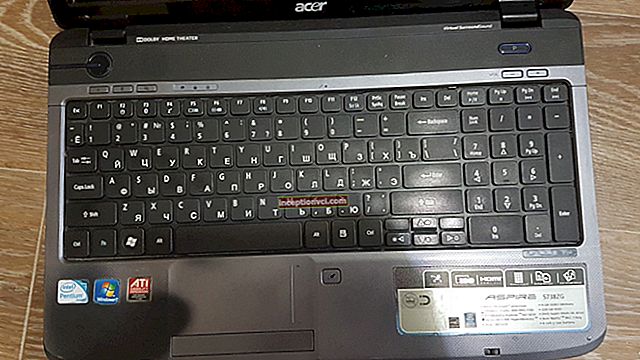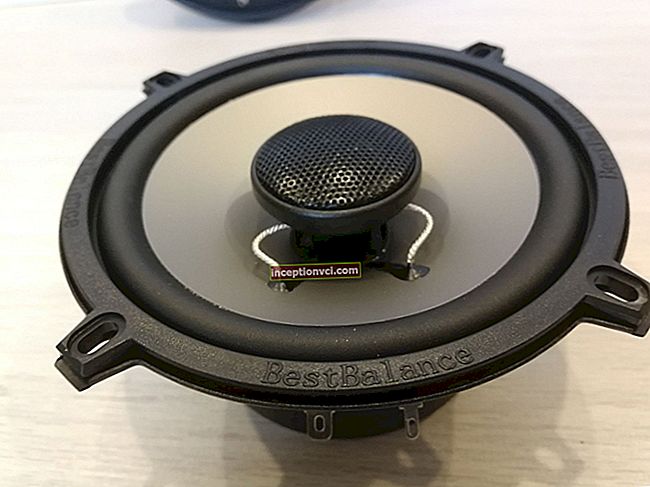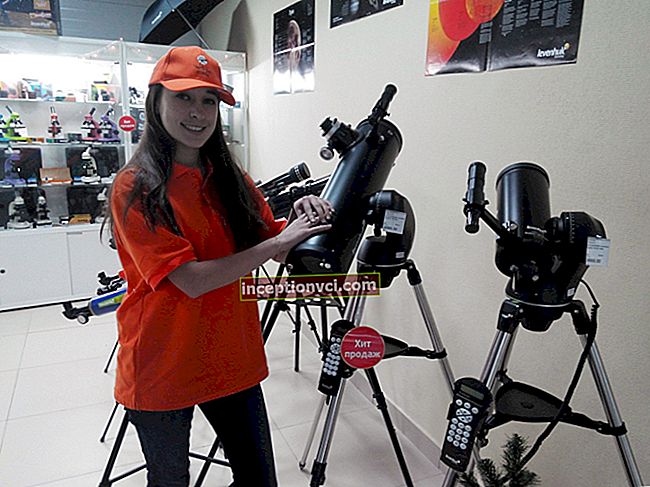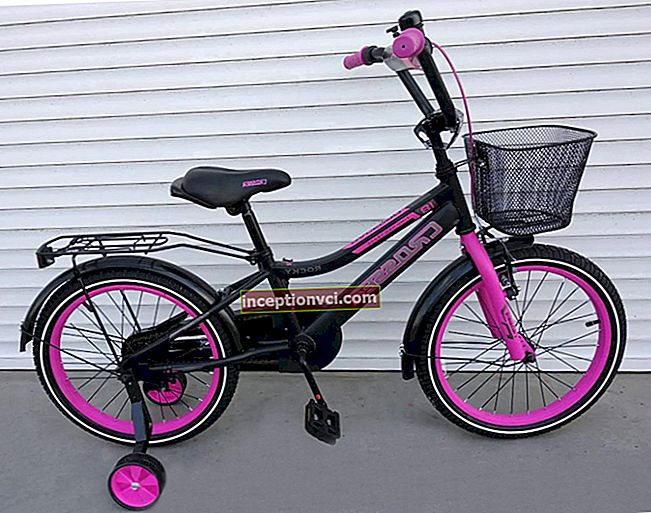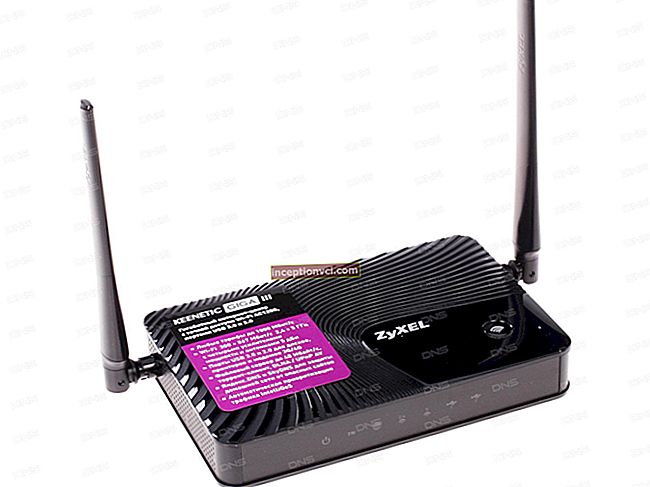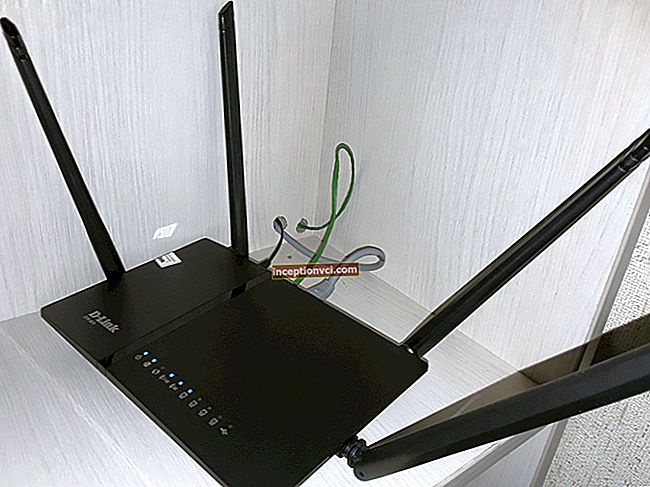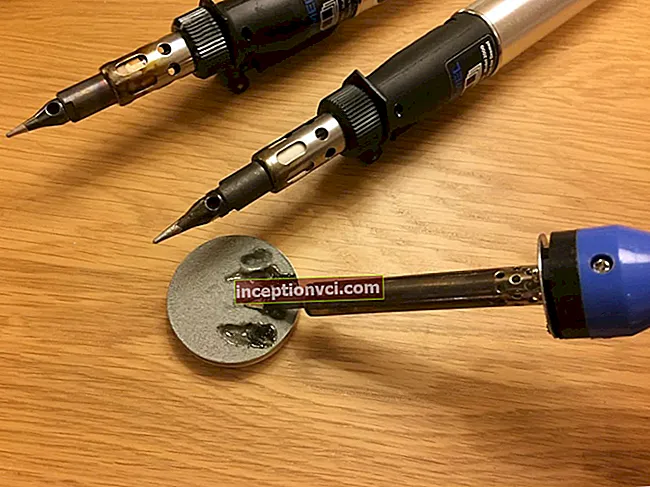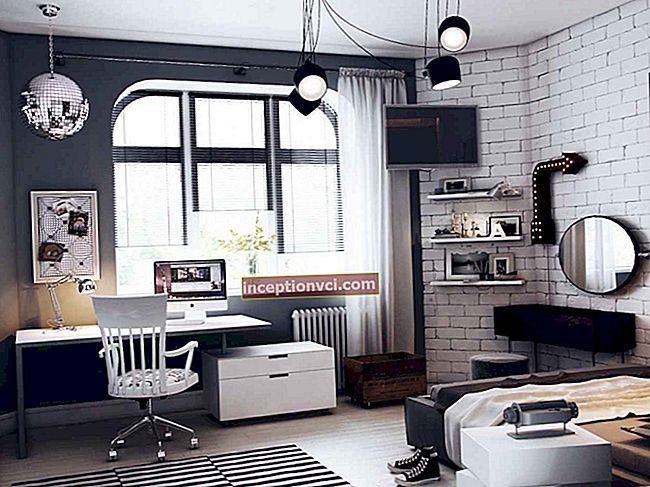LG Optimus L4 II Dual E445
In early 2013, LG released the second generation of the popular Optimus L line. It included modified models of the L4, L5 and L7 smartphones, which were named L3 II Dual, L4 II Dual, L5 II Dual and L7 II Dual. All devices work with two SIM cards, which can be understood from the name. This review is dedicated to the LG Optimus L4 II Dual E445 smartphone.
Appearance

Externally, the LG Optimus L4 II Dual E445 looks like a smaller copy of the older models in the line. The smartphone is presented in two colors - black and white. The body of the device is completely made of plastic. The edging of the side edges is painted "like metal" and is also made of plastic.

The back cover of the smartphone LG Optimus L4 II Dual E445 has a textured surface in the form of a fine mesh, which retains its attractiveness. At the same time, the back cover does not have any rubberized coating, and therefore the smartphone slides quite strongly in the hands.

In the upper left corner of the rear panel are the main camera lens and LED flash. The manufacturer's logo is located in the center of the back panel. The battery cover is removable. Under it are the rechargeable battery, slots for two full-size SIM cards and a slot for a microSD memory card.


The front panel of LG Optimus L4 II Dual E445 is completely covered with protective glass. Most of the front panel is a 3.8-inch touchscreen display. Above the screen, there is a proximity sensor, a manufacturer's logo and a communication speaker, which is also a multimedia speaker. There is no front camera. Under the display there are four buttons familiar to the L-line - "Context menu", "Home", "Back" and "Change of priority SIM card". Like the touch buttons on all other L Series models, the touch buttons on the LG Optimus L4 II Dual E445 are not backlit, making it difficult to operate the smartphone at night.


On the right side of the LG Optimus L4 II Dual E445 there is a power / lock button. Symmetrical to the power button, but on the left side, there is a paired volume control button. On the lower side there is a microUSB port and a microphone, and on the upper side there is only a 3.5 mm audio output.


The LG Optimus L4 II Dual E445 smartphone has a fairly thick (12 millimeters) and weighty (125 grams) body, both for its dimensions. The display has an aspect ratio of 3: 2, which gives it a slightly "square" appearance. The body of the smartphone is assembled well, nothing creaks and does not play.
Display
Optimus L4 II Dual E445 is equipped with a 3.8-inch screen with a resolution of 480x320 pixels. The display matrix is made using IPS technology, which cannot but rejoice, since in most budget models, smartphone manufacturers install lower quality matrices. The resolution is small, and therefore it is not difficult to see individual pixels, but the screen is also small, and therefore the small resolution of the matrix is quite justified. Most of the pixels are visible when reading small text, but you can live with that.

The viewing angles of the screen, like all screens with an IPS matrix, are large, the color rendition is good, the backlight is so bright that the image can be seen even in sunny weather.
"Iron"

At the heart of the LG Optimus L4 II Dual E445 smartphone is a single-core MTK 6575 processor, clocked at one gigahertz. The graphics core in the PowerVR SGX 531 smartphone. Also, the phone has 512 MB of RAM and four GB of permanent memory. Available from four gigabytes of built-in permanent memory of 2.1 gigabytes. You can expand the built-in memory of the Optimus L4 II Dual using a microSD memory card with a capacity of up to 32 gigabytes.

The performance of the "filling" of the smartphone is quite enough for its normal operation. The owner of a smartphone, of course, will have to forget about resource-intensive games, but the phone copes well with most applications, as for a device in a budget price segment.
Operating system and software

The LG Optimus L4 II Dual E445 model works under the Android 4.1.2 operating system with the proprietary LG Optimus UI 3.0 user interface, which both flagship models and smartphones of the budget price segment use in the company's smartphones.

The user is invited to install a variety of widgets, both on desktops and on the lock screen. The user has access to various themes for the design of desktops and the lock screen. You can also change the style of transitions between desktops and the effect that appears when you unlock your smartphone.

The LG Optimus L4 II Dual E445 smartphone is preinstalled with the Polaris Viewer office software package and the Safety Care utility, which sends the coordinates of the smartphone to a third party, and allows the user to protect themselves in emergencies such as kidnapping or robbery.

Also, the Smart Memo program is installed on the smartphone, which allows you to draw on screenshots of the screen contents. You can call the Quick Memo from the notification center.
Working with two SIM cards
The LG Optimus L4 II Dual E445 model has one radio module, which does not allow simultaneous data transfer via both SIM cards. When the owner of the smartphone is talking on one of the SIM cards, the second SIM card will be out of the network access zone. If, for example, a call was made to the second SIM card when the user was talking on the first SIM card, then after the end of the conversation on the first SIM card, a text message about the missed call will be sent to the second SIM card. It is also impossible to talk, for example, on the first SIM card and work on the Internet through the second SIM card, because there is only one radio module in the LG Optimus L4 II Dual E445 smartphone.

From which SIM card to make a call, send a message or transfer data, you can choose right before the call or set the redistributed actions for a specific SIM card in the settings menu for working with two SIM cards. There is also a useful feature in the LG Optimus L4 II Dual E445 smartphone called "Economy Mode", thanks to which the numbers of certain contacts can be "tied" to one of the SIM cards. In this case, even when both SIM cards are active, calls and messages to these subscribers will only come from the specified SIM card.

The SIM card in the first SIM card slot can be used to transfer data in 3G networks, and the SIM card in the second slot can only be used in the GSM network.
Autonomy of work
Autonomous operation of the smartphone LG Optimus L4 II Dual E445 is provided by a rechargeable battery with a capacity of 1700 mAh. The battery of the same capacity is used in the LG Optimus L5 Dual, but due to the display with a smaller diagonal and less efficient hardware, the LG Optimus L4 II Dual E445 model lasts much longer than the LG Optimus L5 Dual without recharging. The phone works on one charge for more than two days.
Camera

The LG Optimus L4 II Dual E445 smartphone is equipped with one rear camera, it has a resolution of 3.1 megapixels, does not support autofocus and is equipped with an LED flash. The maximum resolution of photos taken by the camera is 2048x1536 pixels. The maximum quality of the recorded video is 640x480 pixels. The user can manually adjust the white balance, ISO level in the range from 100 to 400, apply various color effects, etc. The camera takes photos and saves images quickly. The phone's camera supports the unusual function "Release the shutter by a passphrase", which is useful for portrait photography, since the LG Optimus L4 II Dual E445 does not have a front camera. The function "Release the shutter by a passphrase" works simply - it is worth saying, for example, "chiiz" and the camera shutter will be released.

Competitors
The main competitors of the LG Optimus L4 II Dual E445 are the Samsung S6802 Galaxy Ace Duos and Sony Xperia E Dual C1605 smartphones, which have the same specifications and cost the same.
conclusions

The LG Optimus L4 II Dual E445 is a good budget smartphone of compact size, supporting two SIM cards, having a high-quality IPS-display and high autonomy.
